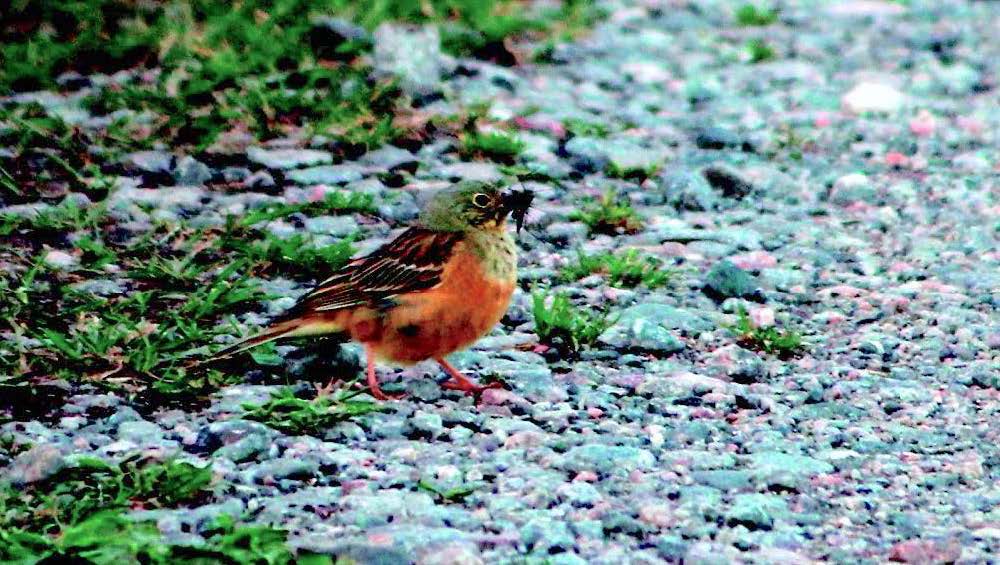Ortolan Bunting Emberiza hortulana at Kvismaren, central Sweden – breeding studies and suggested management
DOI:
https://doi.org/10.34080/os.v21.19600Keywords:
breeding ecology, conservation, agriculture, farmland, passerine birdAbstract
The only remaining Ortolan Buntings in the province of Närke are about 15 singing males in the Kvismaren valley. We studied this small population intensively during May–June, 2011. We found that the birds depend on bare soil of two kinds: potato fields turning green only in early July and open ground underneath birch and elder vegetation in an old bog. Thus spring sowing may be a “trap” as fields that look optimal when the Ortolans arrive in early May will in a few weeks turn green and become less suitable for breeding. In 2011, 6 pairs likely raised young and this result seems normal. Possibly this very small population persists due to recruitment from the much larger population in northern Sweden, that passes through Kvismaren during spring and autumn migration. The central Swedish population is only about 100 pairs and will probably disappear if a management plan is not implemented rapidly. New potentially suitable areas must be identified, and optimal breeding conditions must be provided at sites where Ortolan Buntings still occur.
Downloads

Downloads
Published
How to Cite
Issue
Section
License
The copyright of each contribution belongs to the author(s), but all contributions are published under a Creative Commons license, so that anyone is free to share and reuse the contribution as long as the copyright holder is attributed.







